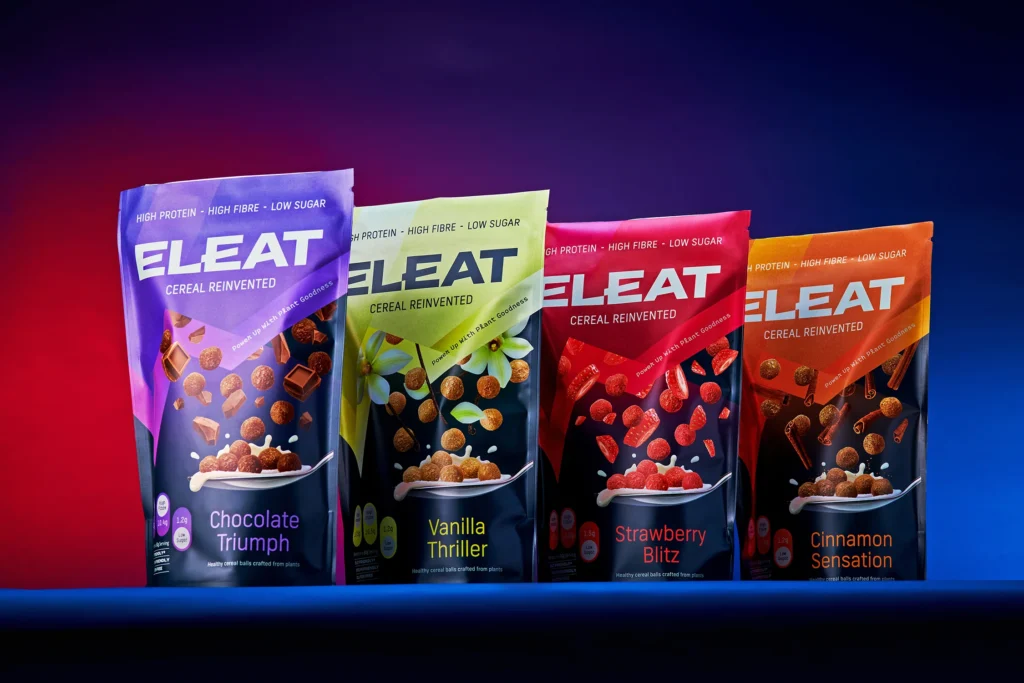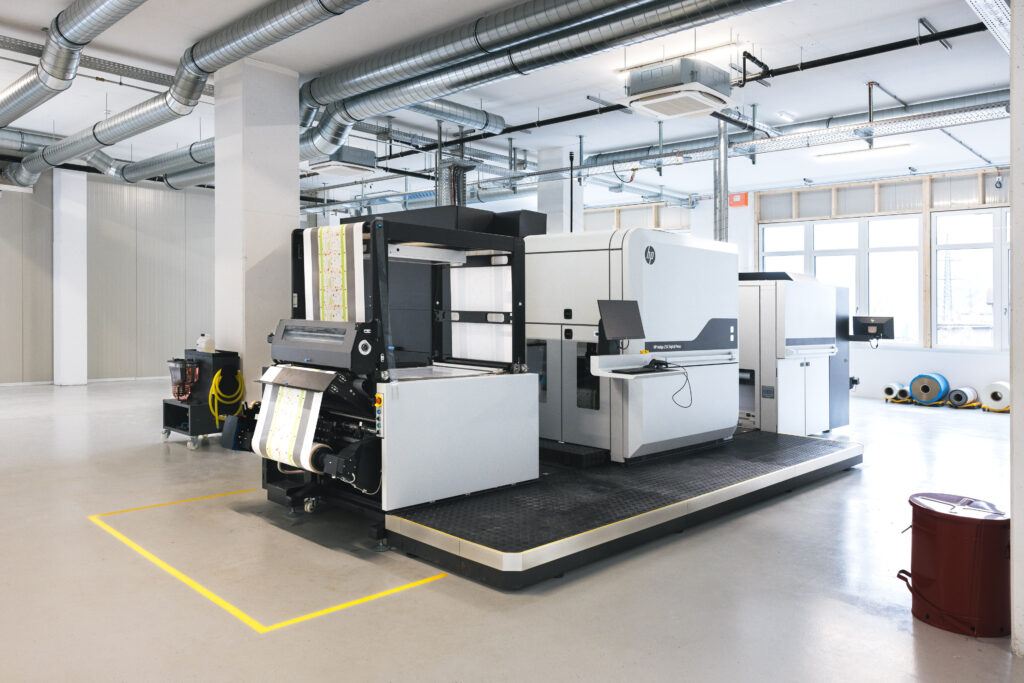In the dynamic realm of research and development (R&D), businesses face the challenge of innovation without necessarily having an internal R&D team. This blog explores effective strategies for companies to harness the power of R&D without maintaining an in-house team. From external collaborations to the pivotal role of flexible packaging solutions, we’ll delve into approaches that not only facilitate product development but also offer cost-effective avenues for market testing.
1. External R&D Collaborations
For companies lacking an in-house R&D team, establishing external collaborations is a strategic approach to accessing specialized expertise. Research institutions, independent consultants, and specialized firms offer R&D services on a contractual basis. By forming partnerships with external entities aligned with industry goals, businesses can integrate external R&D seamlessly into their development processes. This enables companies to leverage expert insights without the overhead costs associated with maintaining a dedicated internal team.
2. Agile Prototyping with Flexible Packaging
Rapid prototyping is a crucial aspect of the R&D process, demanding agility and adaptability. Flexible packaging solutions, particularly pouches, offer an ideal platform for swift prototyping. The ability to order packaging on demand allows businesses to iterate and test different designs without being confined to bulk orders. This flexibility accelerates the product development process, reducing time-to-market, while simultaneously minimizing waste and costs linked to large-scale packaging runs.
3. Cost-Effective Multi-SKU Testing
For businesses dealing with a variety of products (SKUs), testing the market for each variant can be resource-intensive. Collaborating with a flexible packaging manufacturer that supports on-demand orders enables cost-effective testing of various SKUs. This approach empowers businesses to gauge market responses to different formulations, sizes, or packaging designs before committing to large-scale production. By optimizing product offerings based on real-time market feedback, companies can make informed decisions without substantial upfront investments.
4. Fast Lead Times for Market Testing
Fast lead times play a pivotal role in expediting the market testing phase of product development. With a flexible packaging manufacturer that supports quick turnarounds, businesses can test new products with minimal lead time. This agility not only accelerates the testing phase but also allows companies to launch products with low investment, aligning with the iterative nature of R&D. Low minimum orders from the packaging supplier facilitate efficient market testing, enabling companies to perfect product recipes and formulations before making significant
5. Low Minimum Orders for Risk Mitigation
The ability to place low minimum orders with a flexible packaging supplier is a significant advantage for companies engaged in R&D. This feature allows businesses to mitigate risks associated with launching new products. By avoiding large initial investments, companies can navigate uncertainties in the market, responding to consumer preferences and adjusting formulations as needed. This risk mitigation strategy aligns seamlessly with the iterative nature of R&D, allowing for continuous improvement without substantial financial commitments.
6. Collaboration Between Packaging and R&D Teams
Close collaboration between the packaging and R&D teams is essential for seamless integration. When working with a flexible packaging manufacturer, communication between these two departments ensures that packaging requirements align with the evolving needs of the R&D process. This synergy helps in creating packaging solutions that not only meet product specifications but also enhance the overall efficiency of the development lifecycle.
7. Sustainable Packaging Considerations
In the modern business landscape, sustainability is a key consideration in both product development and packaging. When utilizing flexible packaging solutions, companies can explore eco-friendly materials and design options that align with their sustainability goals. Sustainable packaging not only appeals to environmentally conscious consumers but also contributes to a positive brand image, making it an integral aspect of R&D and product launch strategies.
8. Seamless Integration of Findings
The information gleaned from market testing and R&D efforts should seamlessly integrate into the larger business strategy. Insights from flexible packaging testing and low minimum order experiments can guide decision-making, helping companies refine products and improve market competitiveness. By ensuring that R&D findings influence both product development and packaging strategies, businesses can maintain a cohesive and responsive approach to evolving market demands.
Harnessing the power of R&D without an in-house team is not only feasible but also advantageous for businesses that embrace strategic external collaborations and leverage innovative solutions like flexible packaging. By partnering with external R&D entities, utilizing flexible packaging for agile prototyping, and capitalizing on low minimum orders and fast lead times, companies can navigate the intricacies of product development with agility and cost-effectiveness.
For businesses seeking to innovate without the burden of an internal R&D team, the collaboration between external experts and flexible packaging solutions offers a dynamic pathway. Embracing this approach not only accelerates product development but also empowers companies to test the market, perfect formulations, and launch new products with confidence.
Explore the possibilities of R&D collaboration and flexible packaging solutions to unlock your business’s potential for innovation and market success. Contact us to discuss how our flexible packaging offerings can align seamlessly with your R&D goals, enabling you to bring your products to market efficiently and effectively.



